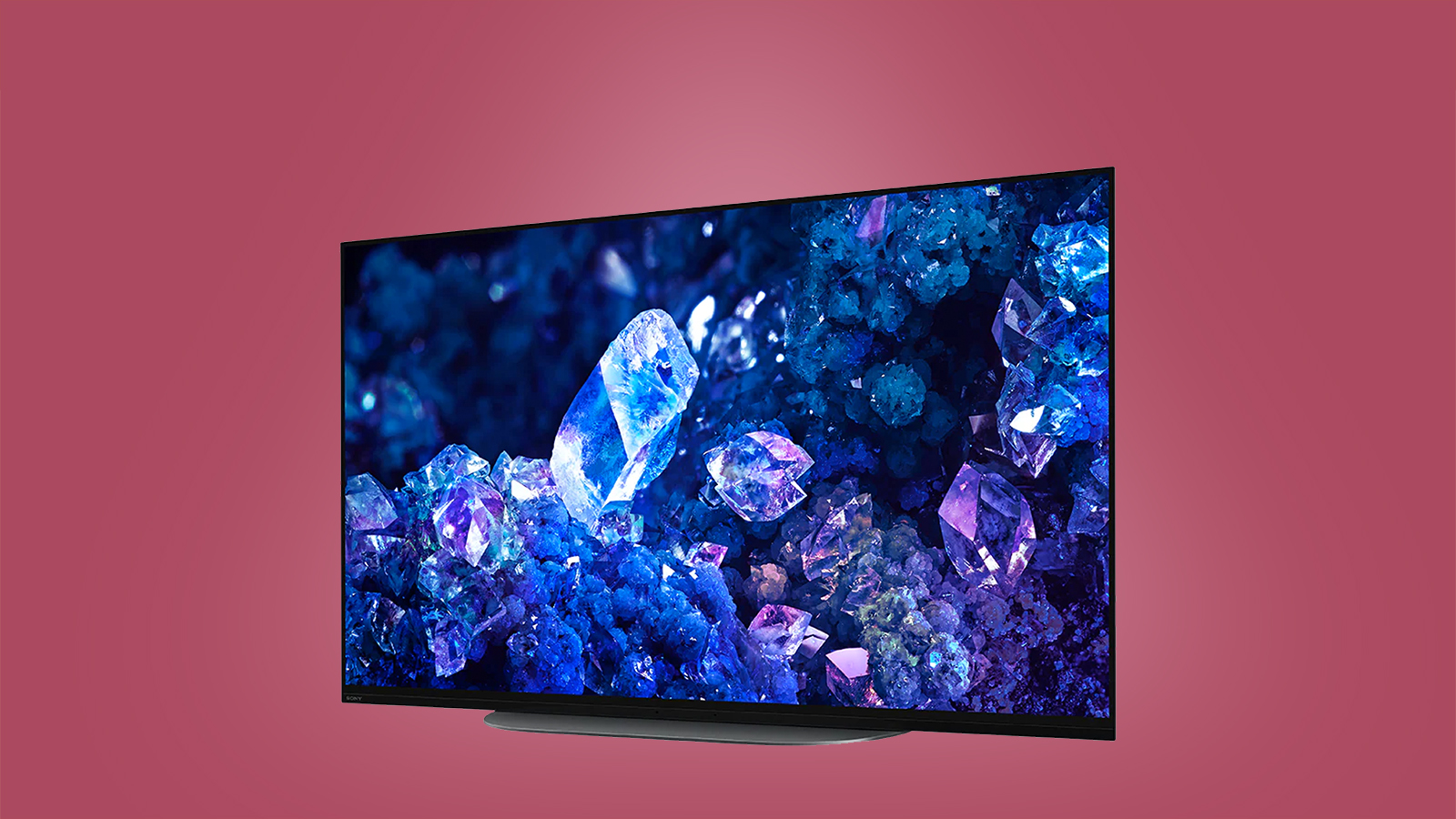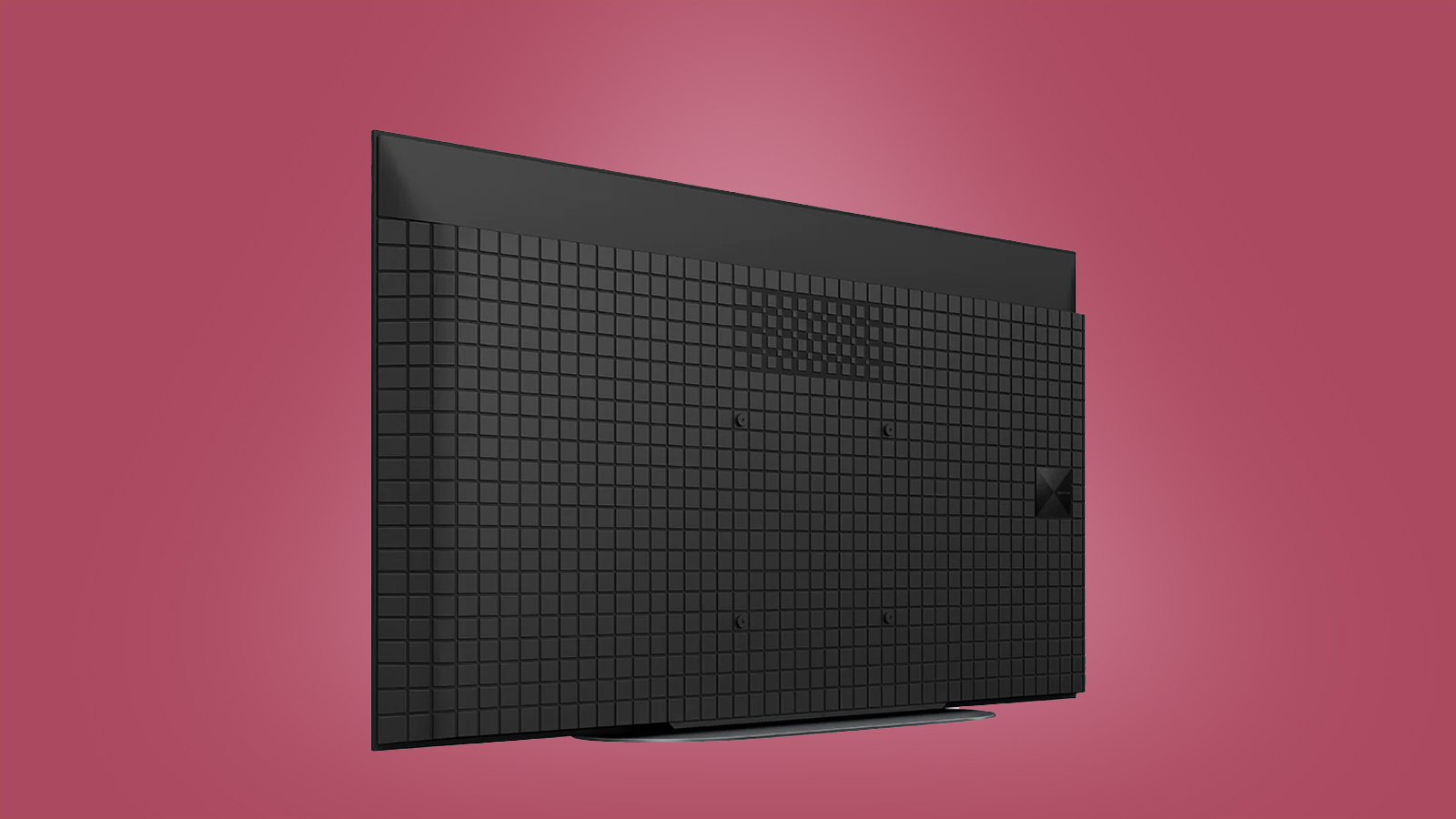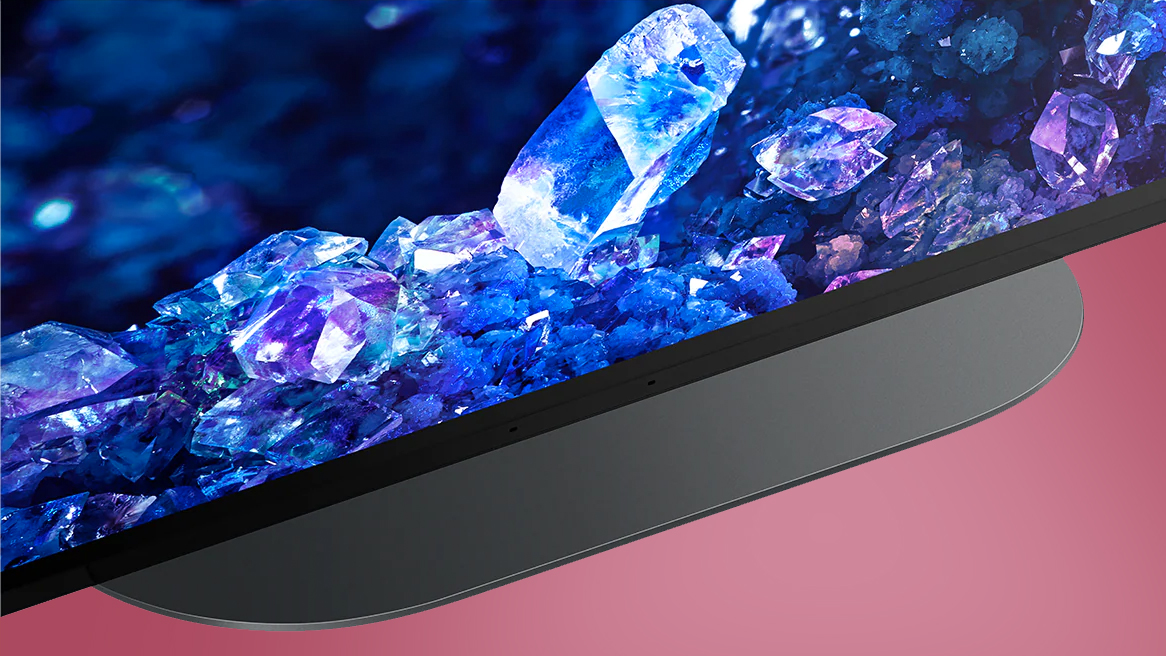I tested Sony's 42-inch OLED TV, and this stunning 4K TV has two big flaws
If ‘small’ really is ‘beautiful’, shouldn’t everything about the Sony XR-42A90K be small?

I’ve spent a good deal of time with the smallest member of Sony’s A90K OLED TV range, the 42-inch XR-42A90K, lately – and it turns out to be a small and beautiful proposition, with some big and difficult problems.
First off, though, it’s worth taking a moment to realise what we’re dealing with here. The best OLED TVs have never been small. Okay, admittedly the world’s first OLED (the Sony XEL-1 from 2007) had a screen of a mere 11 inches – but ever since OLED has been able to be mass-produced with a degree of efficiency (which took a long time to come), it's has been the preserve of the larger screen-size. For a long time, 55-inch TVs were the smallest size you could get for an OLED screen.
“It’s too difficult to produce them any smaller”, they said. “There’s no profit in making them so small”, they said. Well, as we all know, ‘they’ talk a lot, and ‘they’ don’t always make a whole lot of sense.
Sony, like every other brand that sells OLED TVs, buys its raw OLED panels from LG. Other than the 42-inch LG C2, this is the smallest OLED TV I’ve ever seen. Even next to the 48-inch Philips OLED I use every day, it looks almost toy-like in its tininess.
But it doesn’t take long for the Sony XR-42A90K to demonstrate there’s nothing frivolous about it. With one (admittedly) quite significant caveat, it’s a very accomplished television indeed.
Thicker than you think
Before turning it on, though, you’re bound to notice the depth of the thing itself. Part of the charm and appeal of OLED technology is how skinny it’s capable of being (that classic XEL-1 TV was just 3mm deep, although to be fair it kept all its electronics, ports and what-have-you in a separate box).
But this Sony, apart from a little area right at the top, is 57mm deep when seen in profile – and that’s a pretty un-modern depth for a television of any type to be. Certainly it makes wall-hanging the screen a less decorative statement than it otherwise would be, which is a shame.

Switch it on, set it up and start watching it, though, and its relative bulk is much less of an issue. The Sony’s a brilliant picture-maker mostly: its color palette is extensive and naturalistic, its black levels are exactly what you expect from an OLED screen inasmuch as they’re deep and dark, with a stack of detail and variation within them.
All the other stuff that separates a great TV from a TV that’s simply good is handled with aplomb, too – edge-definition is outstanding, as is motion-handling. Skin-tones are as natural as you like. There’s authentic depth of field to pictures.
And it’s a similar story if you hook up a next-gen games console. Half of the Sony’s HDMI inputs are 2.1-compliant, so all of the clever features of a PS5 or almost all of the clever features of an Xbox Series X can be exploited, including 4K 120Hz and VRR. It's up there with the best gaming TVs for features.
More pixel density, more problems
The significant caveat, though, concerns brightness. The one drawback of OLED technology when compared to the backlit LED alternative is a relative lack of brightness – and the XR-42A90K just isn’t a very bright TV.
In fact, in unsympathetic circumstances it can look genuinely dim. OLED panel brightness can be affected by pixel density, and it’s obvious that when you’re cramming very nearly 8.3m pixels (domestic 4K resolution is 3840x2160, of course) onto a 42-inch panel, pixel density is considerable.
That might make it very sharp, but it means there's not so much space for each pixel. The result is a TV that’s a very tricky watch indeed in a bright room, all its other picture-making prowess notwithstanding. Gorgeous colors and detail don't mean much if they're overcome with reflections.

But the biggest single issue here for me is price. In the UK, where I am, Sony’s asking for £1,699 for the XR-42A90K – and that’s an awful lot for a 42-inch television, no matter what a technological tour de force it is, and it’s even more for a TV that demands you draw the curtains if you want to watch it when the sun’s out.
The LG C2 42-inch sells for £1099, as does the 43-inch Samsung QN90B. Meanwhile, the Samsung BU8500, a backlit LED alternative that we like a lot, is yours for £599 for the 43-inch model. No, it’s not a like-for-like comparison – but it puts the Sony’s asking price into context.
But what’s even more startling is how much the XR-42A90K goes for in the United States: $1,299. By itself, that looks quite pricey for a 42-inch set, but it's right in line with the Samsung and LG competitors mentioned above in US prices, so compared to the UK asking price, it’s a veritable bargain.
If you can get beyond the depth of its chassis and the restricted brightness of its images, the Sony XR-42A90K is a small and beautiful television. Its price for UK buyers, though, is anything but.
Get daily insight, inspiration and deals in your inbox
Sign up for breaking news, reviews, opinion, top tech deals, and more.
Simon Lucas is a senior editorial professional with deep experience of print/digital publishing and the consumer electronics landscape. Based in Brighton, Simon worked at TechRadar's sister site What HiFi? for a number of years, as both a features editor and a digital editor, before embarking on a career in freelance consultancy, content creation, and journalism for some of the biggest brands and publications in the world.
With enormous expertise in all things home entertainment, Simon reviews everything from turntables to soundbars for TechRadar, and also likes to dip his toes into longform features and buying guides. His bylines include GQ, The Guardian, Hi-Fi+, Metro, The Observer, Pocket Lint, Shortlist, Stuff T3, Tom's Guide, Trusted Reviews, and more.
